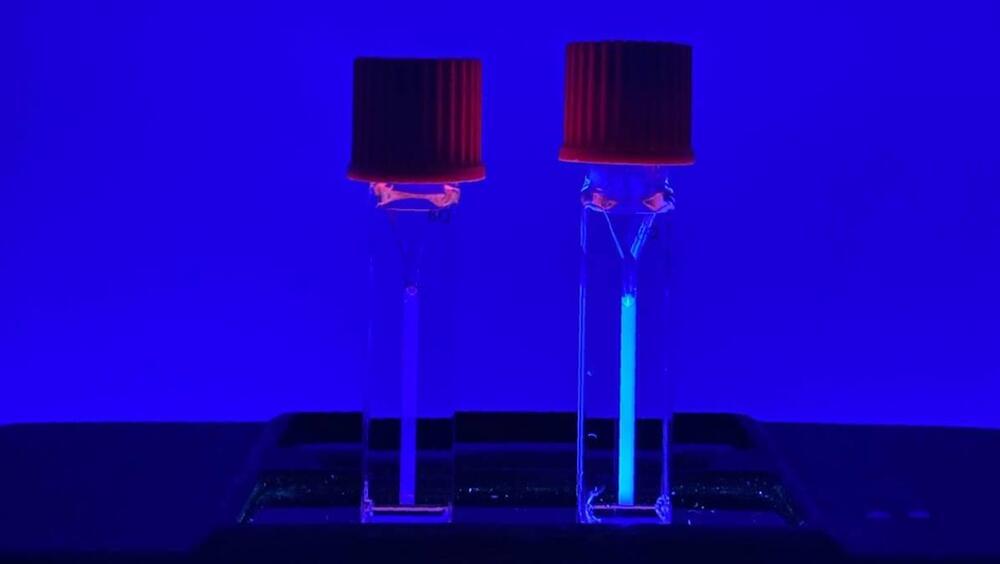A quickie about E5.
Hello, i am back! Blood, sweat and tears have been shed these past months of absence. But enough sweating was done during the summer, tears have already been shed, so that just leaves me with blood. And whether taking a part of blood (plasma) and injecting it into old animals is enough for rejuvenation. That’s right, many of you may remember, earlier this year i made a video on the oldest living rat.- and now we have some updates: in particular, (i) what actually were the rats given, and (ii) what changes were seen, showing both some DNAm and glycan age data.
Find me on Twitter — https://twitter.com/EleanorSheekey.
Support the channel.
through PayPal — https://paypal.me/sheekeyscience?country.x=GB&locale.x=en_GB
through Patreon — https://www.patreon.com/TheSheekeyScienceShow.
TIMESTAMPS:






